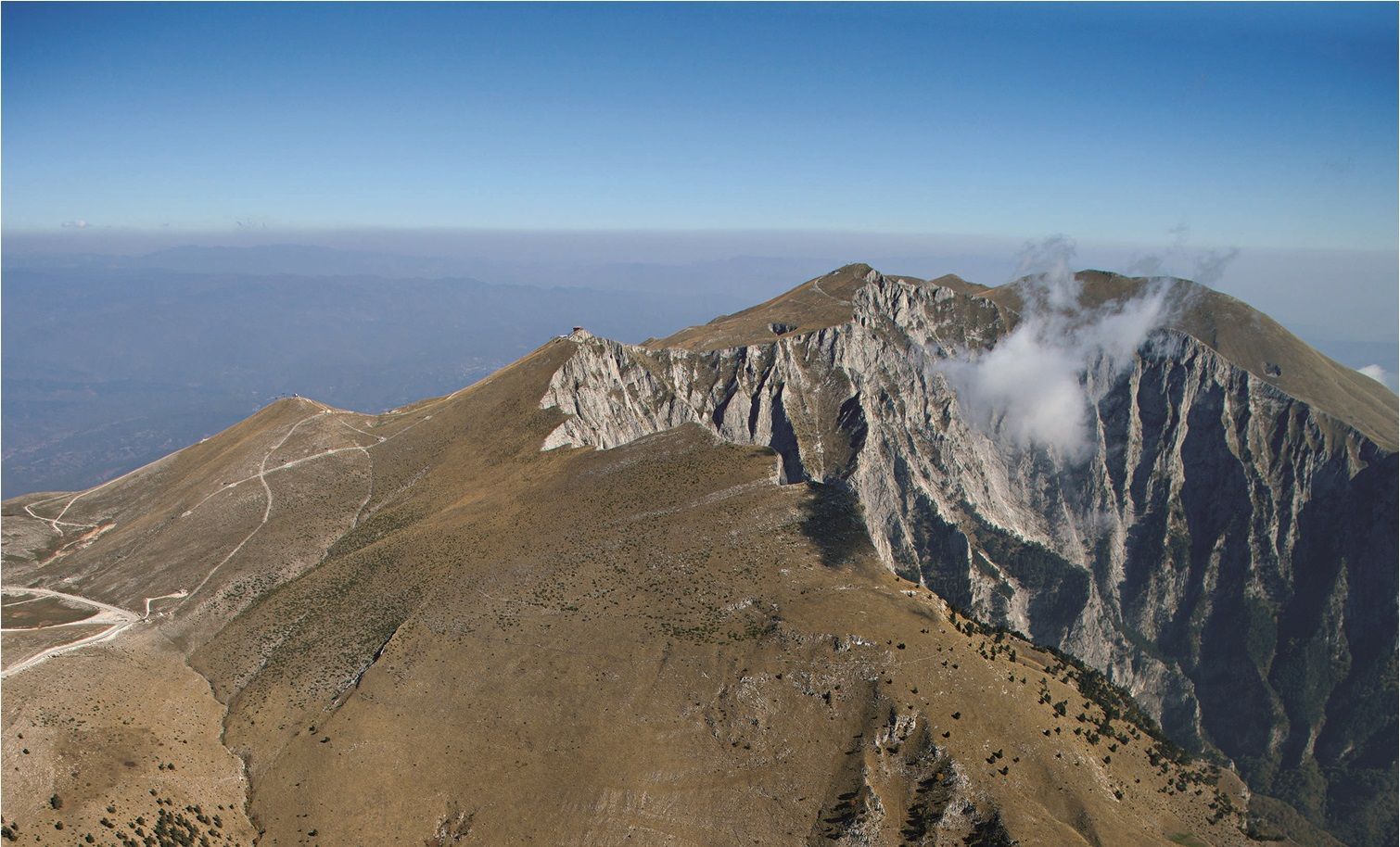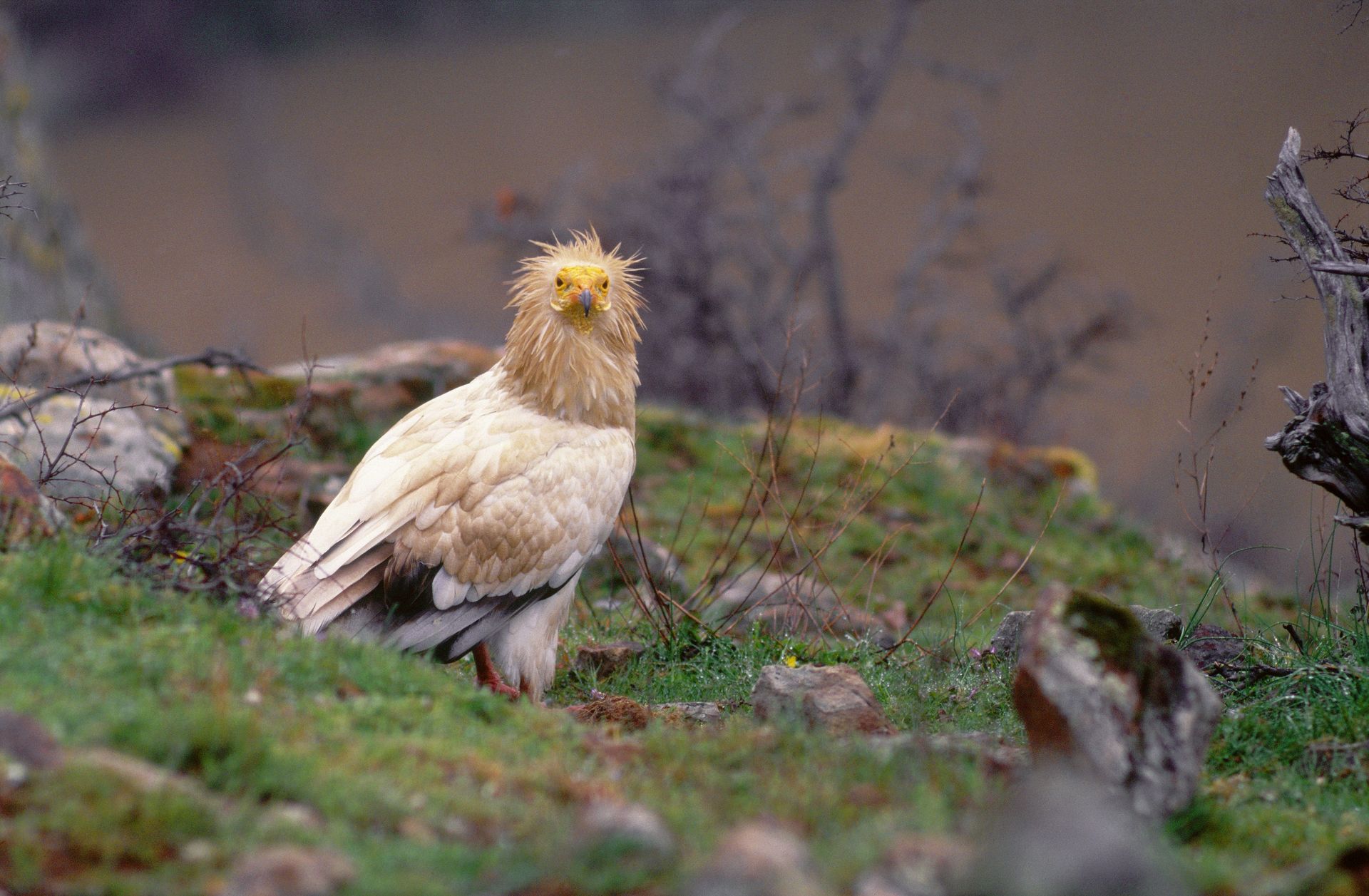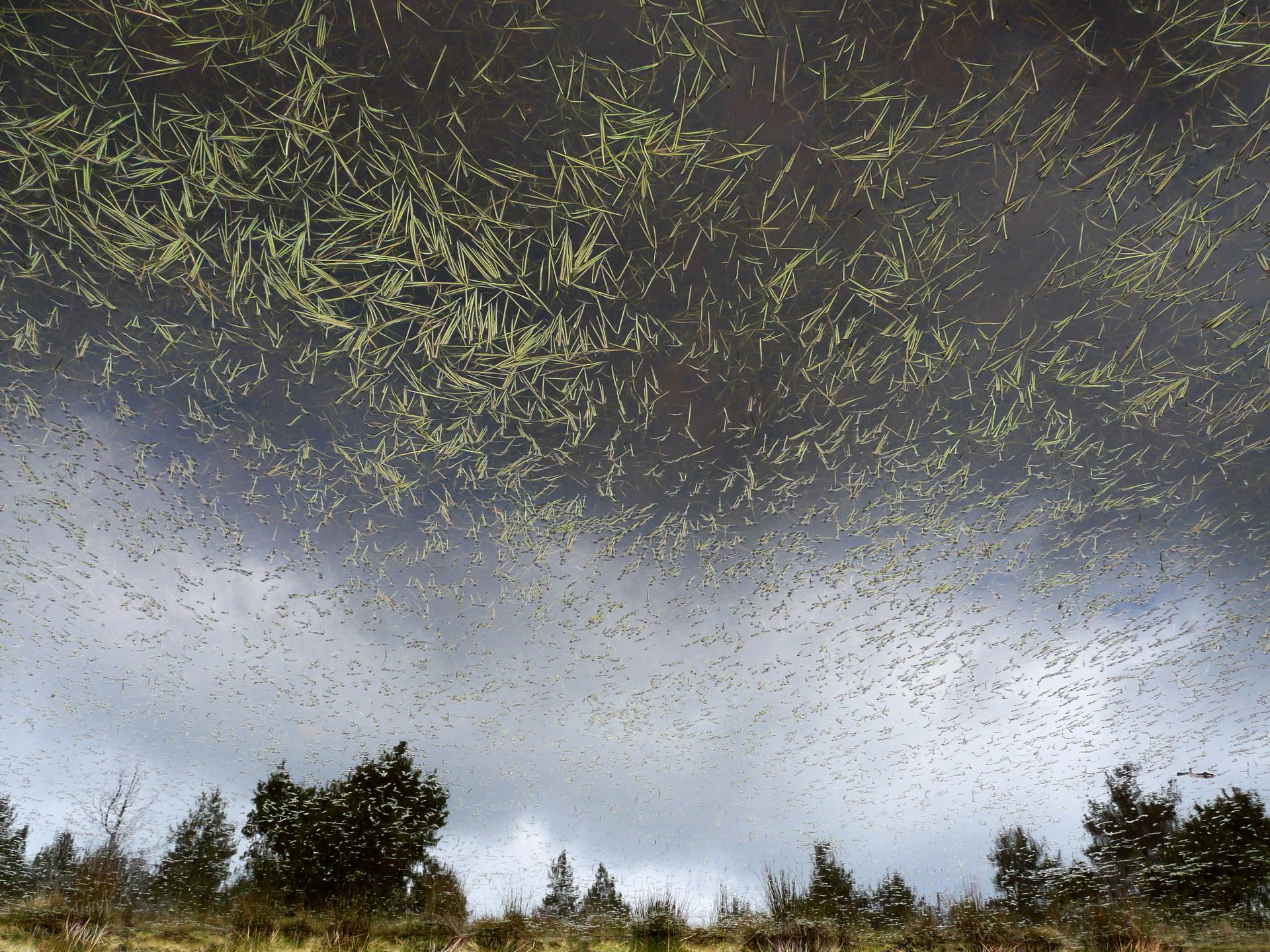Rhodopes



Names in the national language
Rodopi (Bulgaria, Greece)
Location and short description
The Rhodope Mountain forms the natural border between Bulgaria (northern Rhodopes) and Greece (southern Rhodopes). It covers an area of around 7,000 km2 with ca. 230 km in length. The mountain consists of two parts: one to the west with high and steep areas; the other to the east with lower and flat areas.
Special features
The Rhodope Mountain range consists of a rich variety of ecosystems (40 different habitats included in the Habitat Directive) of the Balkan peninsula. Almost 60 % of the European plant species can be found there, which makes Rhodopes a “botanical paradise”. The local biodiversity is supported by several deep river gorges, wide rock habitats, impressive caves, swamp and peat bogs and several natural mountain lakes. The noteworthiness variety of ecosystems in western and central Rhodopes is mainly due to its geography, the geological composition and the fact that the mountain range was not covered by ice during the last glacial age. Therefore, the area was a refuge for many species from central and northern Europe, and nowadays it forms the southern border of expansion for these species. The eastern Rhodopes are part of the same mountain massif, but differ significantly from the western part of the mountain.
Main biotope types
Oak forests, beech forests, mixed coniferous-broadleaved forests, alpine meadows and pastures, lakes, swamps and peat bogs.
Species
- Mammals: Brown bear (Ursus arctos), Grey wolf (Canis lupus), Balkan chamois (Rupicapra rupicapra balkanica), Red deer (Cervus elaphus), Eurasian otter (Lutra lutra), Daubenton's bat (Myotis daubentonii), Greater noctule bat (Nyctalus lasiopterus), Geoffroy's bat (Myotis emarginatus)
- Birds: Western capercaillie (Tetrao urogallus), Hazel grouse (Tetrastes bonasia), Golden eagle (Aquila chrysaetos), Booted eagle (Hieraaetus pennatus), Peregrin falcon (Falco peregrinus), Eurasian eagle owl (Bubo bubo), Boreal owl (Aegolius funereus), Eastern imperial eagle (Aquila heliaca), White tailed eagle (Haliaeetus albicilla), Egyptian vulture (Neophron percnopterus), Black vulture (Coragyps atratus)
- Reptiles: Sand lizard (Lacerta agilis), Adder (Vipera berus), Aesculapian snake (Elaphe longissima), Spotted sand boa (Eryix jakulus), Greek tortoise (Testudo graeca), Hermann’s tortoise (Testudo hermanni)
- Plants: Balkan butterwort (Pinguicula balcanica), Balkan pine (Pinus peuce), Golden columbine (Aquilegia aurea), Rodopean lily (Lilium rhodopaeum), Rhodopean merendera (Merendera rhodopaea), Rhodopean toothwort (Lathraea rhodopaea), Soldanella rhodopaea, Tulipa rhodopaea, Geum rhodopaeum
Status of protection
4 Biosphere Reserves, Natura 2000 sites (Bulgaria)
Rhodope Mountain Range National Park, Natura 2000 sites (Greece)
Rhodopes
BALKANI NGO (Bulgaria)
Website: https://balkani.org/en/
Email: office(at)balkani.org
Green Balkans (Bulgaria)
Website: https://greenbalkans.org
Email: officesz(at)greenbalkans.org
Rhodope Mountain Range National Park (Greece)
Website: http://www.fdor.gr/index.php
CALLISTO NGO (Greece)
Website: https://www.callisto.gr/en
Email: info(at)callisto.gr
Interactive Map
This map is currently hidden to protect your privacy. When you click the button below, the map will be loaded from Mapbox.
If you tick the checkbox, this selection will be saved in a cookie and the map will be displayed automatically the next time you visit the site.
